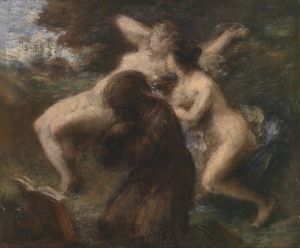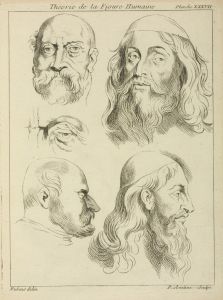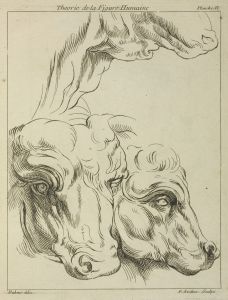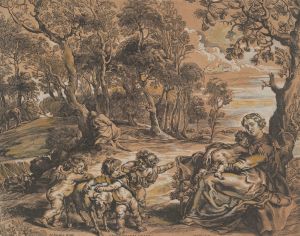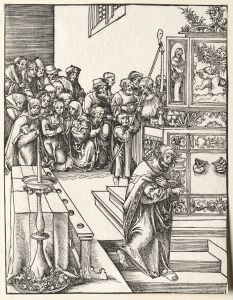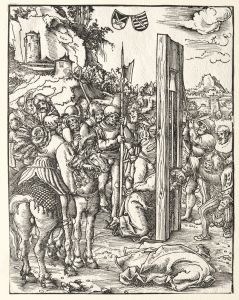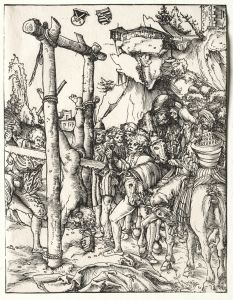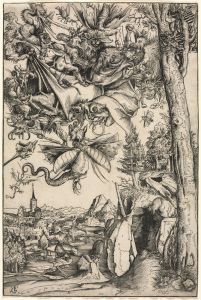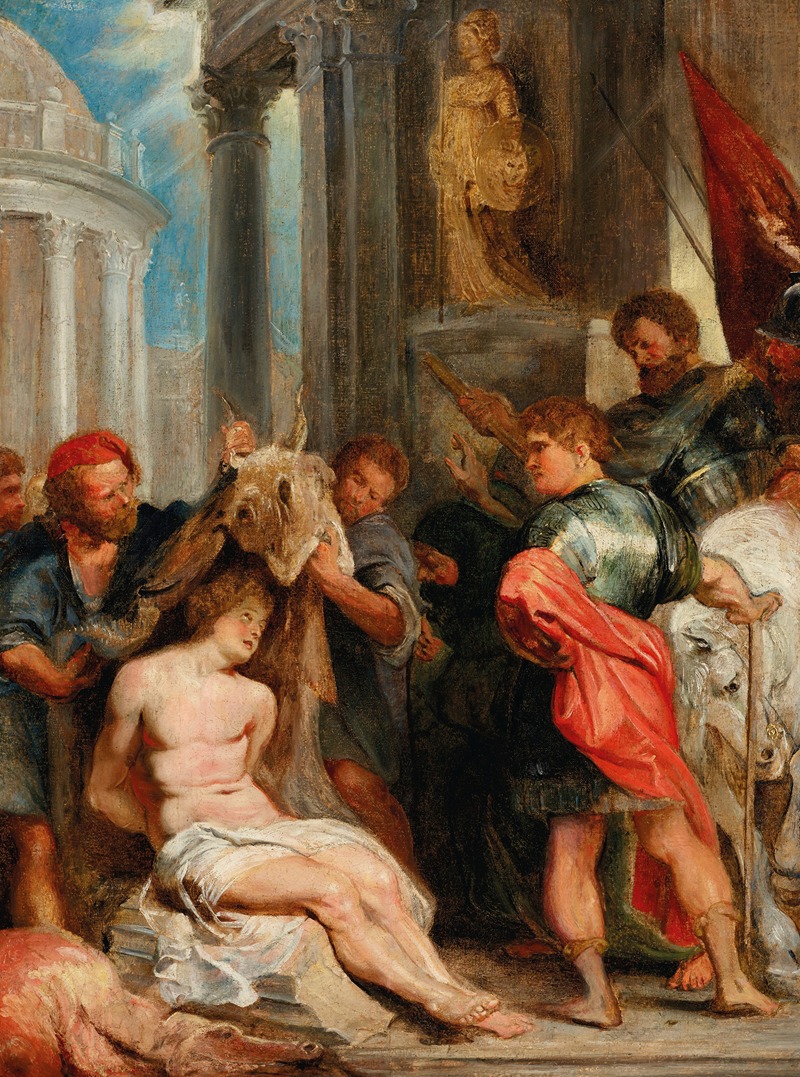
The Torture of Saint Chrysanthus
A hand-painted replica of Peter Paul Rubens’s masterpiece The Torture of Saint Chrysanthus, meticulously crafted by professional artists to capture the true essence of the original. Each piece is created with museum-quality canvas and rare mineral pigments, carefully painted by experienced artists with delicate brushstrokes and rich, layered colors to perfectly recreate the texture of the original artwork. Unlike machine-printed reproductions, this hand-painted version brings the painting to life, infused with the artist’s emotions and skill in every stroke. Whether for personal collection or home decoration, it instantly elevates the artistic atmosphere of any space.
"The Torture of Saint Chrysanthus" is a painting by the renowned Flemish Baroque artist Peter Paul Rubens. Created around 1636-1637, this work is part of a series of paintings commissioned for the Torre de la Parada, a hunting lodge of King Philip IV of Spain, located near Madrid. Rubens, known for his dynamic compositions and vibrant use of color, was a leading figure in the Baroque movement, and his works often depicted dramatic scenes from history, mythology, and religion.
The painting illustrates the martyrdom of Saint Chrysanthus, a Christian saint who, according to tradition, was tortured and killed for his faith during the reign of the Roman Emperor Numerian in the late 3rd century. Saint Chrysanthus, along with his wife Saint Daria, is venerated in both the Roman Catholic and Eastern Orthodox Churches. The story of their martyrdom is one of steadfast faith and endurance in the face of persecution.
In "The Torture of Saint Chrysanthus," Rubens captures the intense moment of the saint's suffering. The composition is marked by its dramatic use of light and shadow, a technique known as chiaroscuro, which heightens the emotional impact of the scene. The figures are rendered with Rubens' characteristic dynamism, their poses and expressions conveying a sense of movement and agony. The saint is depicted in the center of the composition, his body contorted in pain as he endures his torment. Surrounding him are his persecutors, their faces twisted in cruelty and determination.
Rubens' mastery of anatomy and his ability to convey the human form in motion are evident in this painting. The muscular tension of the figures, the detailed rendering of their expressions, and the careful composition all contribute to the powerful impact of the work. The use of rich, warm colors and the dramatic contrasts of light and dark further enhance the emotional intensity of the scene.
"The Torture of Saint Chrysanthus" reflects Rubens' deep engagement with religious themes and his ability to convey complex narratives through his art. The painting not only serves as a testament to the saint's faith and endurance but also as an example of Rubens' skill in capturing the human experience in all its facets.
Today, "The Torture of Saint Chrysanthus" is housed in the Museo del Prado in Madrid, where it continues to be admired for its artistic excellence and its powerful depiction of martyrdom. The painting is a significant example of Rubens' work during the later period of his career, showcasing his mature style and his ability to convey profound religious themes through his art.





